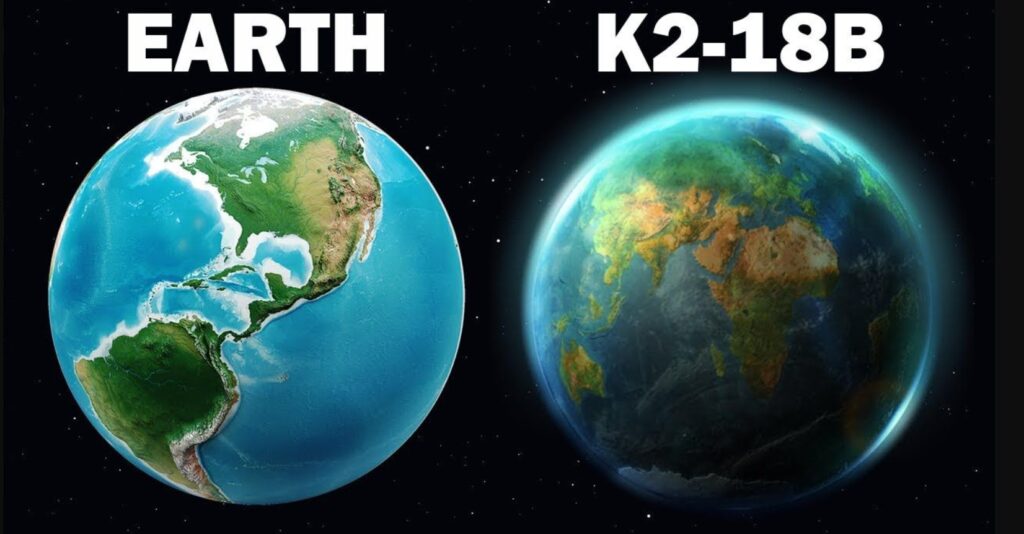NASA’s James Webb Space Telescope discovered carbon dioxide and methane on the exoplanet K2-18 b. K2-18 b is a potential Hycean exoplanet with a hydrogen-rich atmosphere and a water ocean-covered surface. K2-18 b is within the “habitable zone” of its star, where conditions are conducive to the existence of life.
- K2-18 b orbits the cool dwarf star K2-18 a and is located 120 light years from Earth.
- K2-18 b is 8.6 times the mass of Earth and falls in size between Earth and Neptune.
- The presence of methane and carbon dioxide, along with the absence of ammonia, suggests the possibility of a water ocean beneath a hydrogen-rich atmosphere on K2-18 b.
- The telescope also detected a possible molecule called dimethyl sulfide (DMS), which on Earth is produced by life, particularly phytoplankton in marine environments.
- NASA plans to conduct follow-up research using the telescope’s MIRI spectrograph to further validate their findings and gain more insights into K2-18 b’s environmental conditions.
Q.: Why is the presence of methane and carbon dioxide significant on K2-18 b?
A. It suggests the planet has a toxic atmosphere.
B. It indicates the planet is too hot for life.
C. It supports the hypothesis of a hydrogen-rich atmosphere and water ocean.
D. It suggests the planet is entirely covered in ice.
Answer:C. It supports the hypothesis of a hydrogen-rich atmosphere and water ocean.
